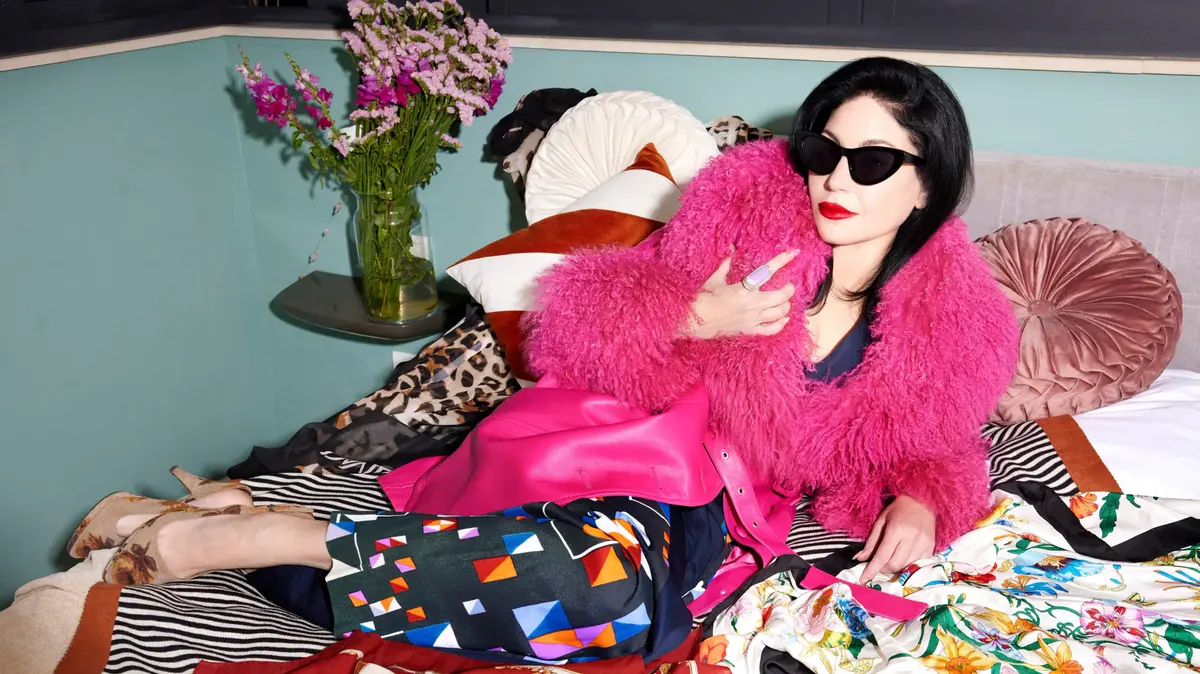Enlarge image
It has to be comfortable: Home office and hybrid work characterize our clothing style
Photo: Tirachard / iStockphoto / Getty Images
SPIEGEL:
At the beginning of the corona pandemic, sweatpants were the it-piece of business clothing.
what is it now
Giannone:
More like a casually worn shirt without a jacket over it.
For women, maybe a comfortable jumpsuit, or also comfortable shirts and pants.
SPIEGEL:
What do these items of clothing stand for?
Giannone:
The home office and hybrid work have permanently changed our office attire.
I'm staying at home for the conference, which is taking place online anyway.
After that I go to the office to work on my assignments.
I work more flexibly, so I also design work clothes more flexibly.
This is how mixed forms between house clothes and official clothes are created.
It has to be chic and comfortable.
In the past there might only have been »casual Friday«, now every day is »casual«.
SPIEGEL:
So are jackets and blazers a thing of the past?
Giannone:
No, quite the opposite.
I've never seen as many on the street as I do at the moment - especially among young people.
But they combine them much more casually, for example with a T-shirt.
They also remain in the work context, even if dress codes or unspoken dress codes may be eliminated in some industries.
These are simply classics that make us look good and that we associate with a professional appearance.
SPIEGEL:
I've also noticed the opposite trend: when you go into the office, it's particularly chic.
Giannone:
Sure, there is that too.
But dressing up doesn't necessarily mean wearing a suit.
Comfortable clothes can also be chic.
We are currently in a balancing phase.
Clothing codes are being redefined: Do I really still have to wear a tie and collar to join the group of colleagues, or not?
SPIEGEL:
But there have also been prominent examples of casual business outfits in recent decades: Steve Jobs with his turtleneck sweater, Marc Zuckerberg in a T-shirt.
Giannone:
Yes, this breaking up of rigid business outfits happens again and again.
But the pandemic has reinforced the trend once again.
It was and is a time of extreme change and we as individuals have to find our way around it, to reflect.
Who am I?
What distinguishes me?
Who do I want to be?
Do I want to be visible or invisible?
The answers to these questions can also be found in the way you dress.
Clothing shapes our image.
SPIEGEL:
Does that also mean that the way we dress in the office is becoming more individual?
Gianonne:
What is individual?
Clothing is always a collective phenomenon: we look at what the others are wearing?
What do we want to wear ourselves?
How do both fit together?
Trends are also a kind of adjustment mechanism.
SPIEGEL:
Many young professionals first have to get a business wardrobe after completing their training if they start an office job.
Can you take it easy now?
Gianonne:
Of course it depends on the job and it's difficult to generalize.
I think young people will bring even more dynamism to this balancing phase that I was just talking about.
Instead of buying a completely new wardrobe right away, I would first take my time and see how my colleagues dress and how I would like to dress in this team, what my role will be.
"If our clothes don't match the role, we'll find out pretty quickly."
SPIEGEL:
How important is professional fashion anyway?
Are employees more motivated when they work in chinos instead of sweatpants?
Giannone: Definitely
.
Clothing is not only there to show yourself in, but also to show yourself.
One of the most famous books by the sociologist Erving Goffman is called »We All Play Theater«.
He means that everyday life is comparable to a play and that we all play a role.
If our clothes don't match the role, we notice that pretty quickly.
If we worked in a jogging outfit all the time, it simply wouldn't feel like motivated work.
SPIEGEL:
Quite apart from trends: is there a timeless rule as to what outfit you wear to make a good impression on your first day in the office?
Giannone:
I would advise against flashy colors and prefer dark tones.
You definitely won't make a mistake with this.
It's a good way to camouflage without camouflage.
Otherwise, it's best to look around on social media and look for profiles of people from the same field of work.
Nowadays nobody really has to go into the office feeling unsure on their first day.









